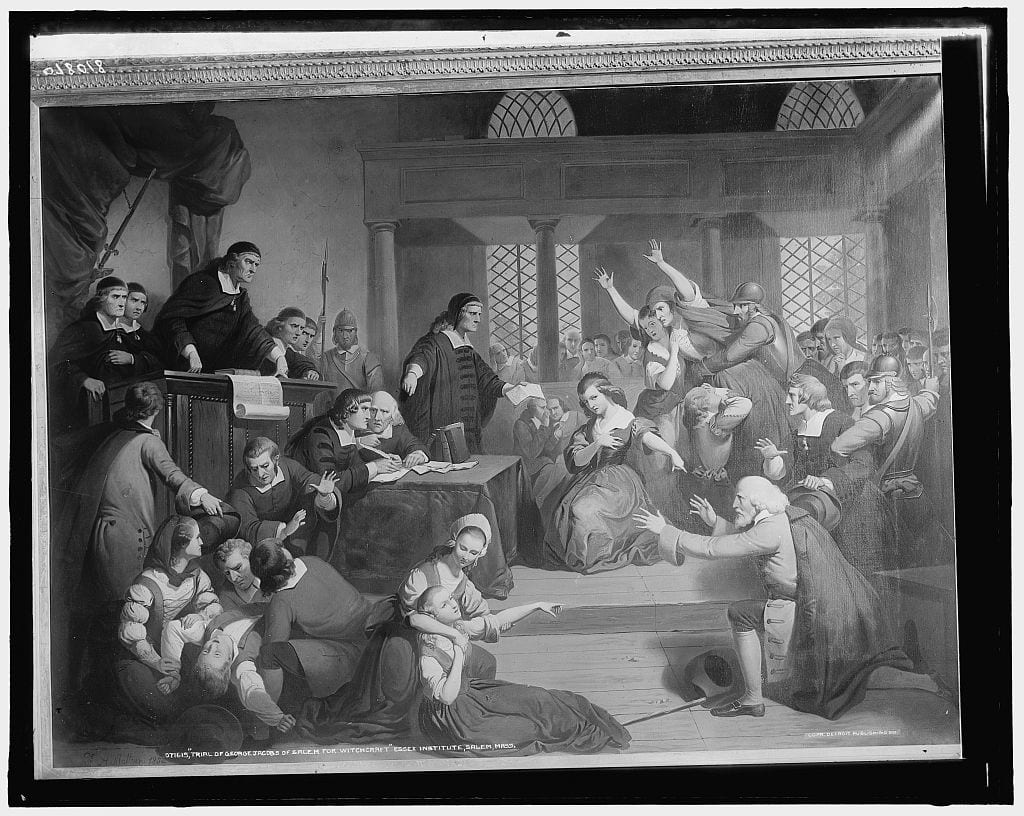I had so much hope for 2021. After the ball dropped on New Years Day my street erupted into a fireworks display that I have not seen since the last time I saw the New York Philharmonic. Let me be real with you, hypothetical reader, for a moment. 2021 was not the doorway to an alternate dimension, and the United States is plagued by disease, and political and social unrest. The Covid-19 virus continues to spread virtually unchecked in the United States as vaccine wielding doctors and nurses entered the fray and begin to administer vaccines to the public. Optimistic reporting promises a gradual release from this pandemic induced isolation mid to late spring. Then, six days into the new year, domestic terrorists ran amok in the United States Capital in an attempt, as recent reporting is making clear, to certify the vote and bring violence and death to our elected officials. At least 6 lives were lost and uncounted political officials, capital staff and police were left horrified by the assault on personal safety as Americans collectively witnessed an attack on a symbol of our democratic institution. By January 13th former President Trump was impeached for the second time. On February 13th he was simultaneously found guilty and acquitted. Whatever we are experiencing in our personal lives, whether good, bad, or indifferent, Americans in particular have likely been watching their hopes for a better 2021 sink like a ship to the briny depths.







